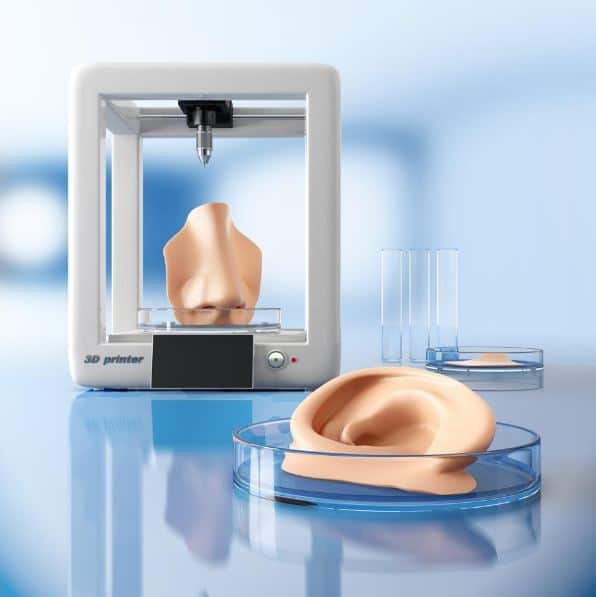About the research conducted
Wounds occur in a variety of forms and sizes. Some are minor and heal rapidly, producing minimal issues. Others are bigger and heal more slowly. Deep wounds that take an unusually long time to heal, known as chronic wounds, are of particular concern; these have a proclivity to reopen and are frequently accompanied by infection and, eventually, scarring. Add to it the fact that chronic wounds are difficult to cure with existing medicines, and you have a severe healthcare dilemma on your hands.
Researchers from the Universities of Birmingham and Huddersfield used an emerging tissue engineering approach to create a novel therapy strategy for persistent wounds.
The epidermis, dermis, and hypodermis are the three layers of our skin (Figure 1). The epidermis is our bodies’ outermost layer and works as a form of armour, shielding us from injury. The dermis is found underneath the epidermis. This is divided into two layers: a thin top layer called the papillary dermis and a thick bottom layer called the reticular dermis; there is no distinct demarcation between these two layers, thus they overlap and intersect. Finally, at the very bottom, there lies the hypodermis. This layer is made up of adipose fat tissue and thick connective tissue.

Moakes, R.J., Senior, J.J., Robinson, T.E., Chipara, M., Atansov, A., Naylor, A., Metcalfe, A.D., Smith, A.M. and Grover, L.M., 2021. A suspended layer additive manufacturing approach to the bioprinting of tri-layered skin equivalents. APL bioengineering, 5(4), p.046103.


